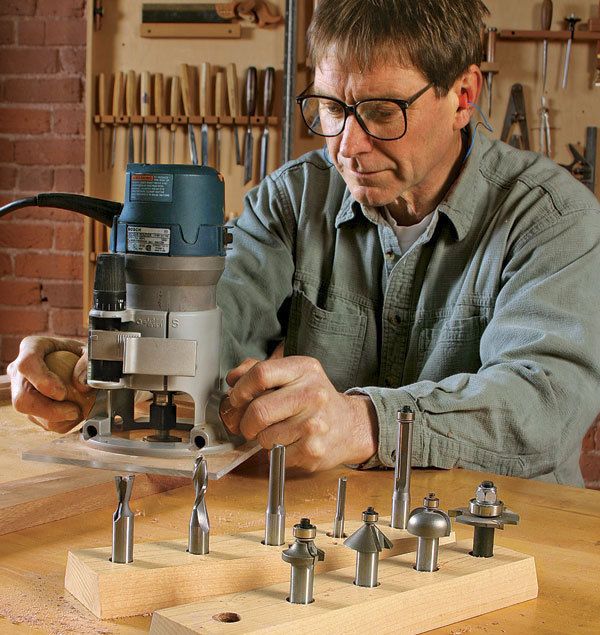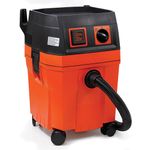10 Essential Router Bits
These bits will conquer the majority of woodworking tasks
Synopsis: High-quality router bits are not cheap, and making the wrong choices can hurt your wallet and limit your woodworking. So contributing editor Gary Rogowski put together a collection of 10 bits that will do a lot of things well, from cutting joinery to shaping profiles to pattern-routing. You can get the entire kit for around $260 — it’s well worth the money when you consider all the jobs you can complete with it.
You’ve bought a new router, unpacked it, and even found the switch on it. But that’s only half the battle. Woodworkers new to the router will encounter a bewildering array of bits that do all sorts of work. Which ones do you buy first?
High-quality router bits are not cheap, and making the wrong choices can hurt your wallet and limit your woodworking. So I’ve come up with a basic set of bits that will do a lot of things well, from cutting joinery to shaping profiles to pattern-routing. You can get the entire kit for around $260—well worth the money when you consider all the jobs you can complete with it.
Most of the bits in this group are carbide-tipped, which makes them more durable than high-speed steel bits but less expensive than solid carbide bits. Also, most have 1⁄2-in. shanks, which are less prone to breaking than bits with 1⁄4-in. shanks. I don’t claim that these bits will be the only ones you’ll ever need, but they will create a rock-solid, versatile foundation for routing that can be expanded as your woodworking repertoire expands.
Operating: handheld vs. table mounted
For safety, Rogowski does most of his routing on a table, because it provides a stable worksurface. He uses a handheld router when a workpiece is too unwieldy to handle on a table or when the task simply is more suited to handheld routing, such as chopping mortises or running dadoes across a case side. When using a handheld router, work left to right. When routing on a table, work right to left.
Straight bits
Straight bits do the yeoman’s work in a router-bit kit. Designed for square, uniform cuts such as grooves and dadoes, they also can be used to clean up edges and to cut mortises, tenons, and rabbets. Straight bits have straight or spiral flutes. Two useful sizes of straight-fluted bits are 1⁄4 in. and 1⁄2 in.
From Fine Woodworking #186
For the full article, download the PDF below:
Fine Woodworking Recommended Products

Fein Turbo II HEPA Wet/Dry Dust Extractor

Festool DF 500 Q-Set Domino Joiner

Craftsman Random Orbit Sander






















Log in or create an account to post a comment.
Sign up Log in